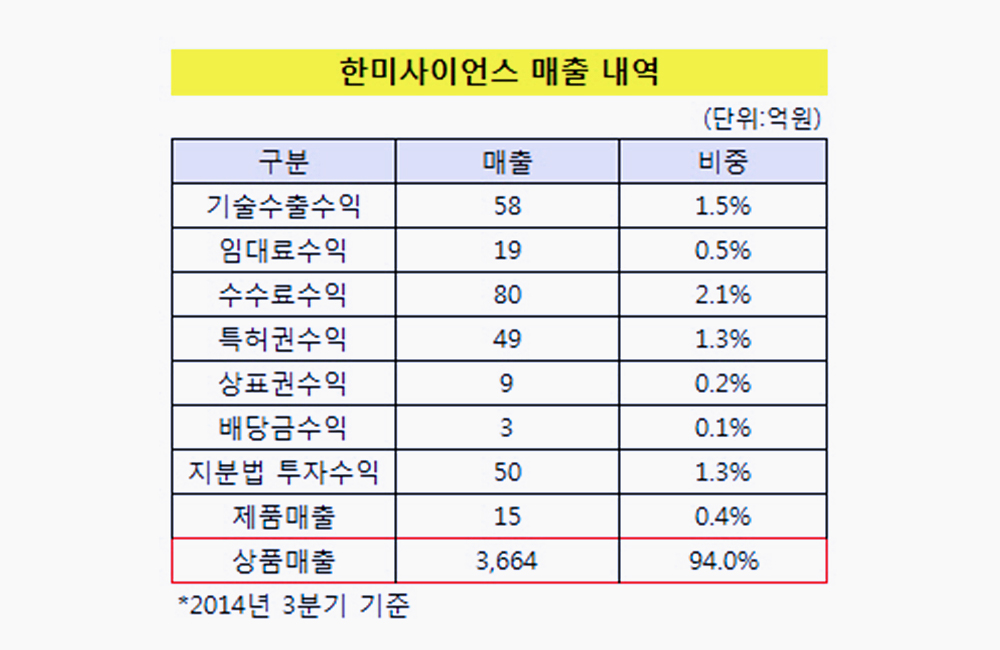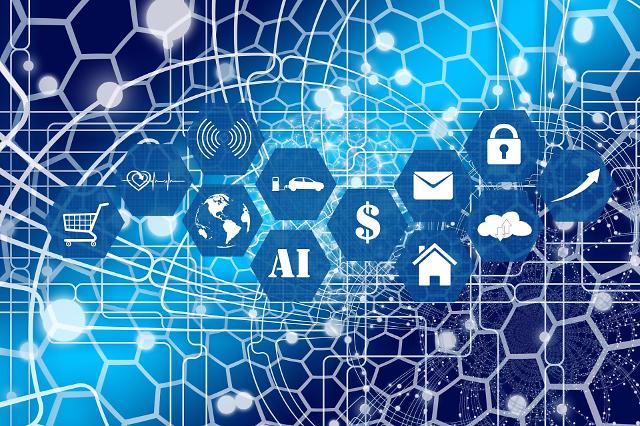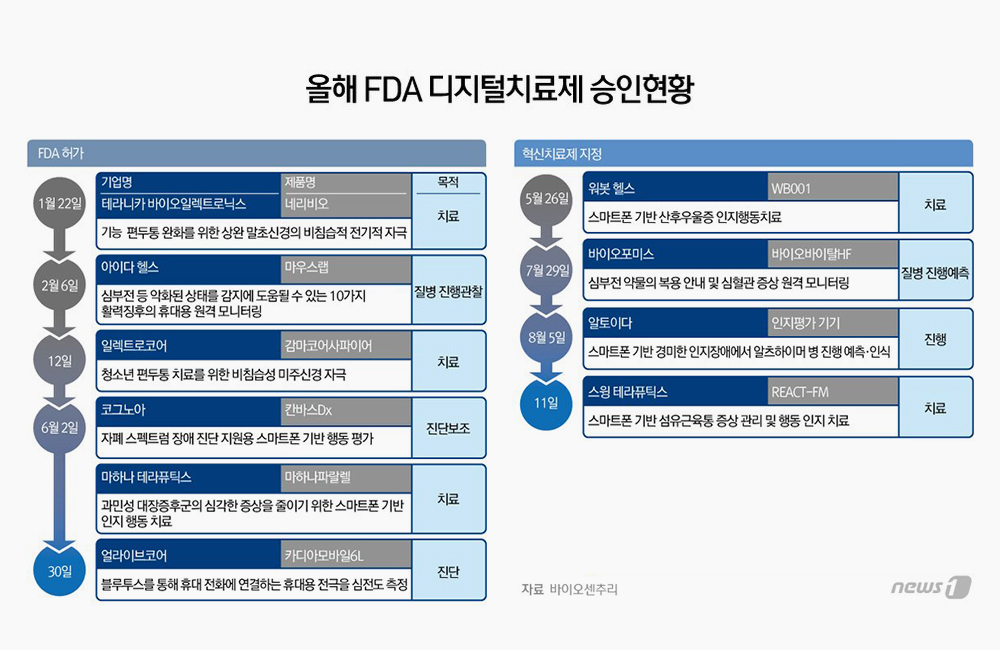According to the Commonwealth Fund, deep racial and ethnic disparities in health and well-being are still the norm today in the U.S. – its research has found Black and American Indian/Alaska Native people live fewer years, on average, than White people, are more likely to die from treatable conditions and are at higher risk for many chronic health conditions, for example. On another front, the American Addiction Centers says blue-collar workers suffer from high rates of alcohol and drug abuse. Unfortunately, the Covid-19 pandemic has made this gap grow. The past two years have exacerbated healthcare access and equity problems that were already profound.
While many healthcare companies have used artificial intelligence for some time now for features like machine learning interpretability required by the healthcare industry for compliance purposes, AI-based healthcare solutions also have the potential to make healthcare more affordable and more accessible, thus helping to improve equity in healthcare. With new machine learning and AI technologies available, patient data and medical records can be used in unique ways to continuously improve patient outcomes and increase access for all. Below are four examples:
Eliminating bias in diagnosis and treatment
In recent years healthcare providers have turned their attention to social determinants of health and the effect they have on health outcomes. This development has brought a focus on racial and socioeconomic factors that play a role in how people receive healthcare. The fact is that bias — even if it’s implicit — exists. Augmenting existing human-based practices with AI allows healthcare providers to not only improve operations, but also eliminate bias. For example, an AI-assisted decision support system can be used for an unbiased second opinion to review for any important missing data points in a diagnosis or treatment plan.
Increasing vaccine equity
One critical application of AI in healthcare today is vaccine natural language processing (NLP). By extracting information from social media, clustering it into user-defined groups and presenting key insights on sentiment across the population in dashboards, organizations can improve their understanding of public perception of infections and vaccines. They can then use that understanding to develop tailored educational efforts and increase vaccination rates.
Keeping patients of all backgrounds engaged in their healthcare plans
One of the racial disparities long seen in healthcare lies in minority races returning less frequently for follow-up appointments. AI and remote patient monitoring can be powerful tools to give providers insight into the day-to-day factors impacting a patient’s health. Advanced algorithms can process large data sets including clinical and socioeconomic information to give a holistic view of the individual, and AI has the ability to suggest what approaches will work most successfully to not only get patients activated, but keep them engaged. With the ability to collect data from patient devices and more, AI and patient monitoring provide additional data sources to refine the patient experience, including prime times for engagement – such as attending critical follow-up appointments.
Avoiding opioid abuse
Many blue-collar jobs are physically demanding and involve intense manual labor that can lead to work-related injuries, causing those workers sometimes to turn to drugs and alcohol to cope with stress and pain. As we know all too well from the horrific headlines around the opioid crisis, some may develop an addiction to pain medications that have been originally prescribed by a doctor. But now technology is helping to alleviate the problem. AI can help clinicians identify patients at high risk for opioid use disorder and overdose. By using data from patients’ electronic medical records to predict the risk level, AI can guide clinicians safely and effectively in choosing who to prescribe opioid medications to.
These examples skim the surface of what’s possible through AI in healthcare. There’s much more that is possible.









